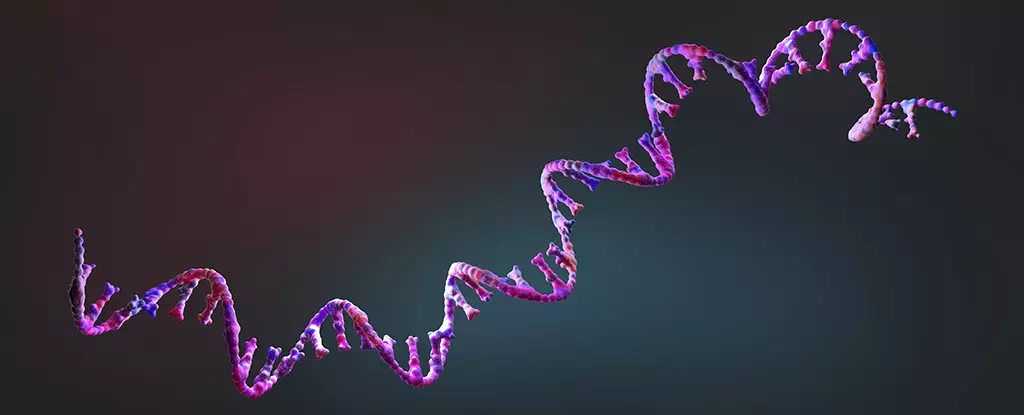For centuries, one of humanity’s most profound inquiries has revolved around the question: how did life originate on Earth? While myriad theories have surfaced, the challenge of elucidating the transition from simple molecules to complex life forms has stymied scientists. A recent study by researchers in Germany sheds light on this enigmatic process, offering insights into the ways highly reactive molecules could achieve stability, ultimately paving the way for the emergence of life.
In a laboratory designed to mimic the conditions of primordial Earth, scientists embarked on their investigative journey. Focusing on synthetic RNA-like components, they set out to replicate the building blocks of life, aiming to understand how simple compounds could bond long enough to form the intricate structures critical for life’s existence. As chemist Job Boekhoven from the Technical University of Munich put it, “The question is: can we use this to replicate the origins of life in the lab?” This fundamental inquiry underscores the driving force behind the research – to unveil the secrets that lay buried in the early Earth’s primordial waters.
During the experiments, researchers exposed these RNA-like units to a source of high-energy molecules. Initially, the units formed transient connections but quickly destabilized, failing to create lasting structures. However, the introduction of preformed DNA templates changed the narrative. These DNA strands acted as anchors, enabling the RNA-like units to combine more effectively, forming double strands that were significantly more stable.
This stabilization is crucial. Double-stranded structures allow for RNA folding, which can subsequently manifest catalytic activity, a vital characteristic of organic molecules. The significance of this finding is twofold. Firstly, it demonstrates that molecular templates may have influenced the chemistry of early Earth. Secondly, it hints at a rudimentary form of natural selection, where the stability and functionality of specific molecules would determine their survival amidst a chaotic primordial soup.
The researchers noted an astonishing development: as the synthesis process progressed, the environment surrounding these molecules began to change. This suggests that molecular synthesis didn’t occur in isolation; rather, the very fabric of the membranes surrounding them was also influenced by the emerging complexity of the molecules themselves. Such interactions point toward a web of interconnected processes where molecular evolution could adapt to environmental stimuli, ensuring the survival of the fittest.
However, the burgeoning complexity raises an intriguing question: how did these DNA templates emerge in the first place? While this remains an avenue for future exploration, researchers are already brainstorming potential pathways that could lead to the natural formation of such molecular structures. Boekhoven expressed hope that there may be ways for RNA molecules to independently form complementary strands, thus enhancing the potential for self-replication and evolution.
Continuing the Journey of Discovery
The origin of life remains an intricate puzzle, with multiple layers of complexity and numerous hypotheses regarding each developmental phase. This recent research adds valuable perspectives, illustrating not only the role of RNA in self-replicating systems but also the potential contributions of DNA in this primordial context. The study encourages us to reflect on the power of scientific methodologies that allow us to simulate ancient conditions, rapidly accelerating our understanding of life’s inception.
As Boekhoven candidly stated, “We didn’t have millions of years available and wanted an answer quickly.” This sentiment encapsulates the urgency and excitement surrounding contemporary scientific research. With each experiment, we’re one step closer to demystifying life’s origins and understanding the molecular dance that laid the groundwork for the vibrant biodiversity we see today. By unearthing these foundational insights, we move closer to revealing the profound interconnectedness of life and the universe itself—an endeavor as challenging as it is awe-inspiring.


Leave a Reply